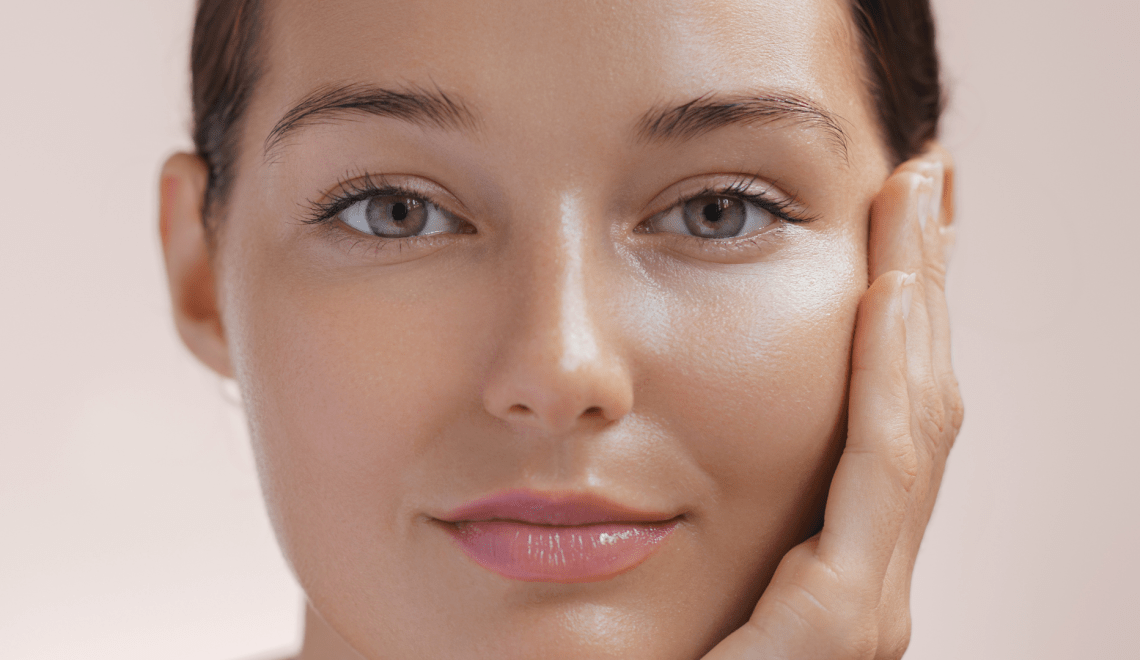
You probably don’t think twice when you reach for that familiar cleanser or moisturiser on your shelf because it’s part of the routine, a few steps, and out the door you go. But when those choices don’t play well with your skin type, there can be consequences.
And that is why it is important to make informed decisions when choosing personal care products, especially those that you use regularly. The right fit can help your skin breathe easier, look fresher, and feel more comfortable throughout the day.
Start with Your Skin, Not the Hype
Before diving into ingredient lists and trending formulas, press pause. You need to know the type of skin you are working with. Is it oily, dry, or somewhere in between? Maybe you flush easily or deal with flare-ups after trying something new. Each skin type speaks its own language, and the better you understand yours, the easier it is to know what it needs.
Oily and breakout-prone skin typically benefits from lighter, oil-free products that won’t block pores. Dry or flaky skin craves richer creams that lock in moisture. And if your skin often feels irritated, gentle, fragrance-free options are the way to go. When you match your products to your skin’s natural tendencies, you are already ahead of the curve.
Harmonising Product Texture and Composition
Once you have figured out your skin’s personality, take a closer look at how different products feel. For example, if your face tends to get shiny by mid-morning, you are better off with fast-absorbing gels or water-based moisturisers that hydrate without suffocating your pores. Drier skin often prefers nourishing creams, balms, or facial oils that offer more lasting comfort.
When it comes to ingredients, dry skin often responds well to humectants like hyaluronic acid or glycerin, which draw water in. Meanwhile, oilier complexions might appreciate niacinamide or salicylic acid to help manage excess sebum.
Balancing Actives and Soothing Ingredients
Yes, active ingredients can work wonders, but too much too soon, and your skin can push back. Acids, retinoids, and other potent actives can brighten and renew, but they often need a support act to keep your skin barrier strong. That is where ingredients like ceramides, peptides, and panthenol come in. They act like a soft cushion, letting your skin take advantage of the heavy hitters without tipping into irritation.
If you deal with redness or flare-ups, seek out calming additions like colloidal oatmeal, green tea extract, or chamomile. Besides, you are not just treating problems but building resilience, which pays off over time.
Building a Simple and Effective Routine
A great routine doesn’t need to be a 10-step marathon. A gentle cleanser, a moisturiser that suits your skin type, and a product or two to target specific concerns, like dullness, dark spots, or breakouts, is often enough to see real results.
If you are trying something new, don’t throw everything at your skin at once. Introduce one product at a time, and give it at least a week before adding anything else. That way, if something causes a reaction, you will know exactly what’s behind it.
Transitioning Between Seasons and Conditions
Your skin changes just like the seasons do. What works perfectly in summer might leave you dry and tight once winter sets in. Try adjusting the richness or texture of your products based on the climate. Lightweight formulas are great for heat and humidity, while cold, dry air calls for a little more cushioning.
If you are always on the move, a good middle-ground product like a hydrating gel-cream, for instance, can keep your skin steady across changing conditions.
Takeaways
Even with a well-thought-out routine, it is important to pay attention to how your skin responds. Is it looking clearer? Does it feel more balanced? If things still seem off, it might be time to rethink a few choices.
You can rotate products based on the season, or explore more specialised formulas that focus on healing and repair.And remember, a little patience goes a long way. Most products need a few weeks to show results. Let your skin settle, watch how it reacts, and adjust as needed.








